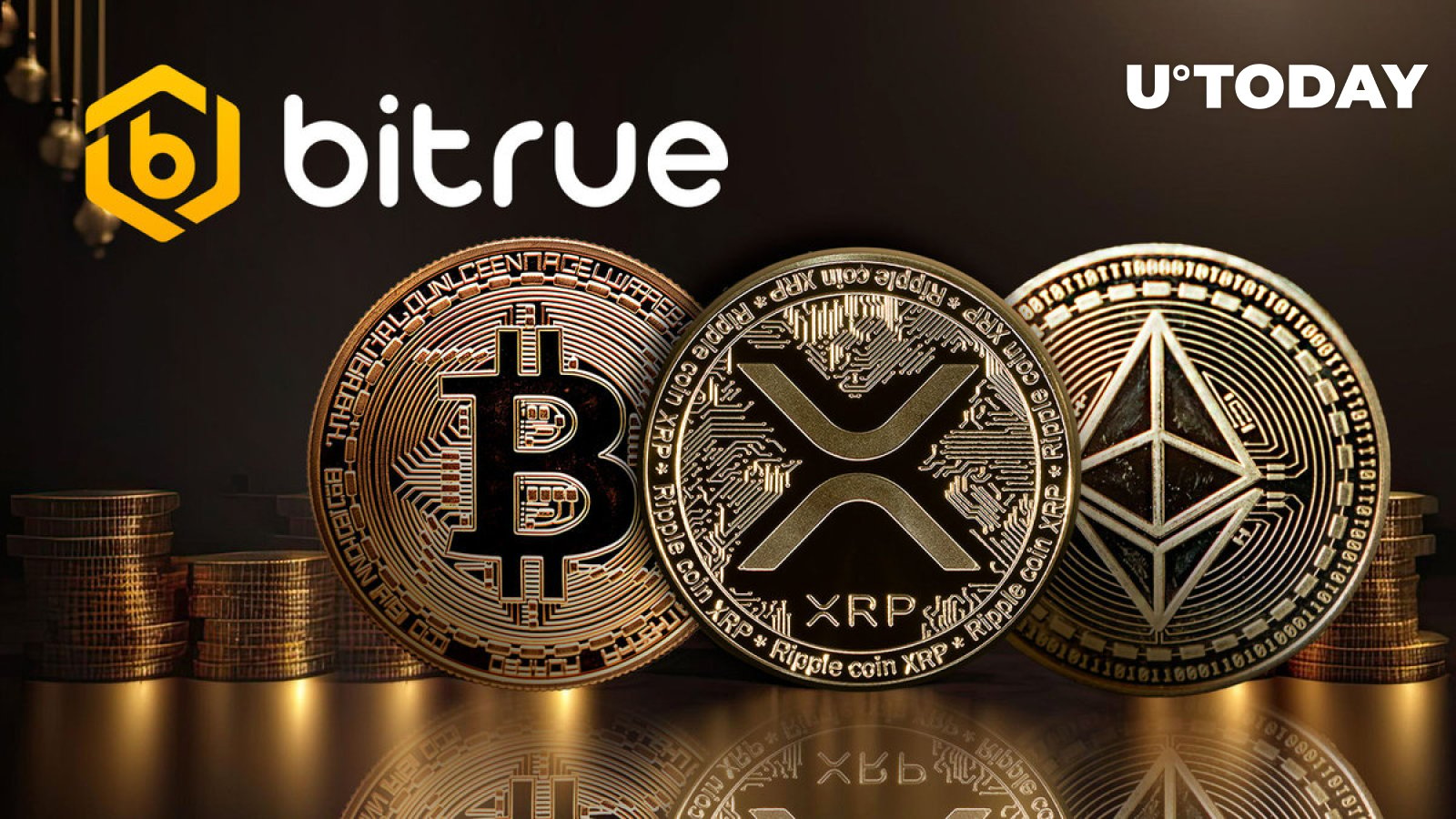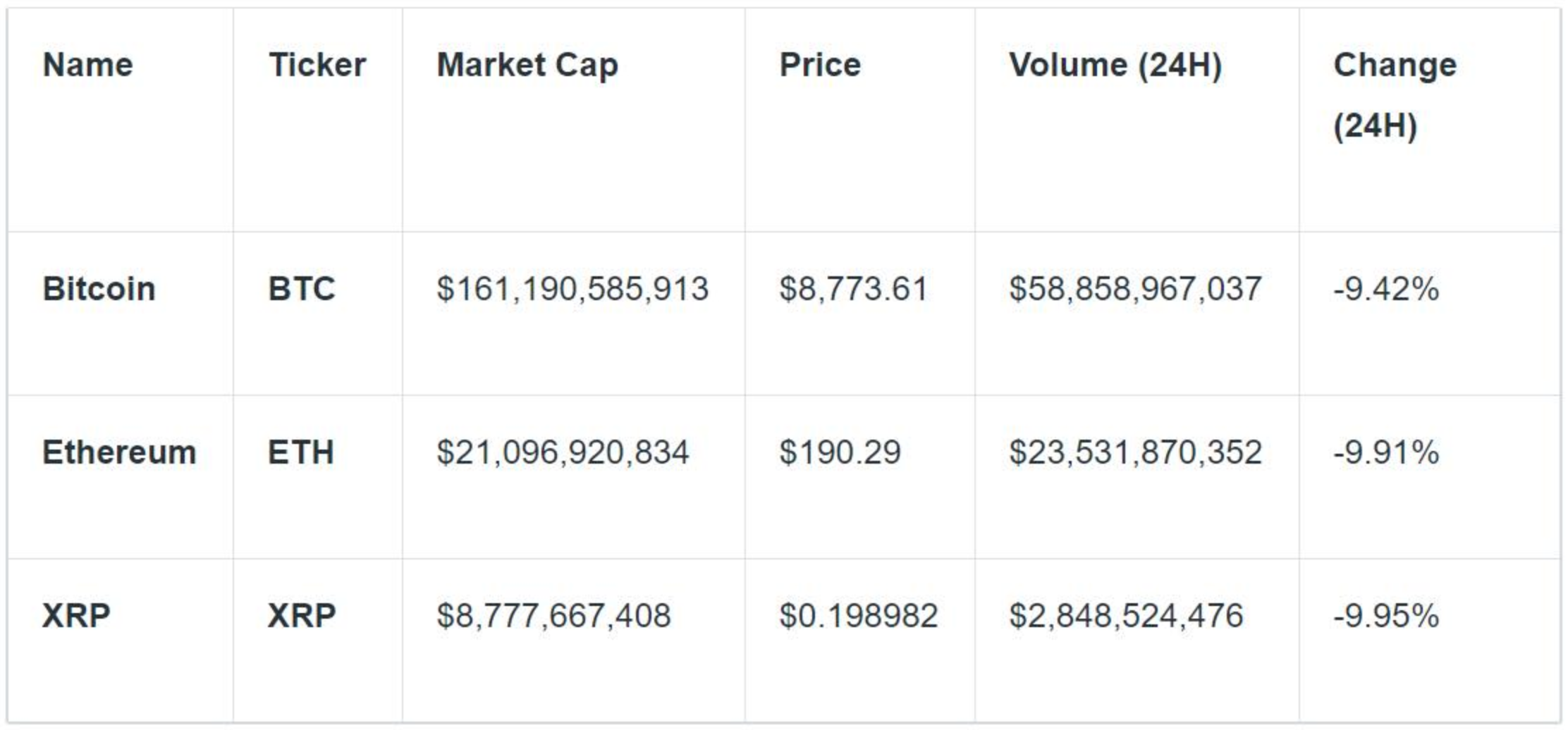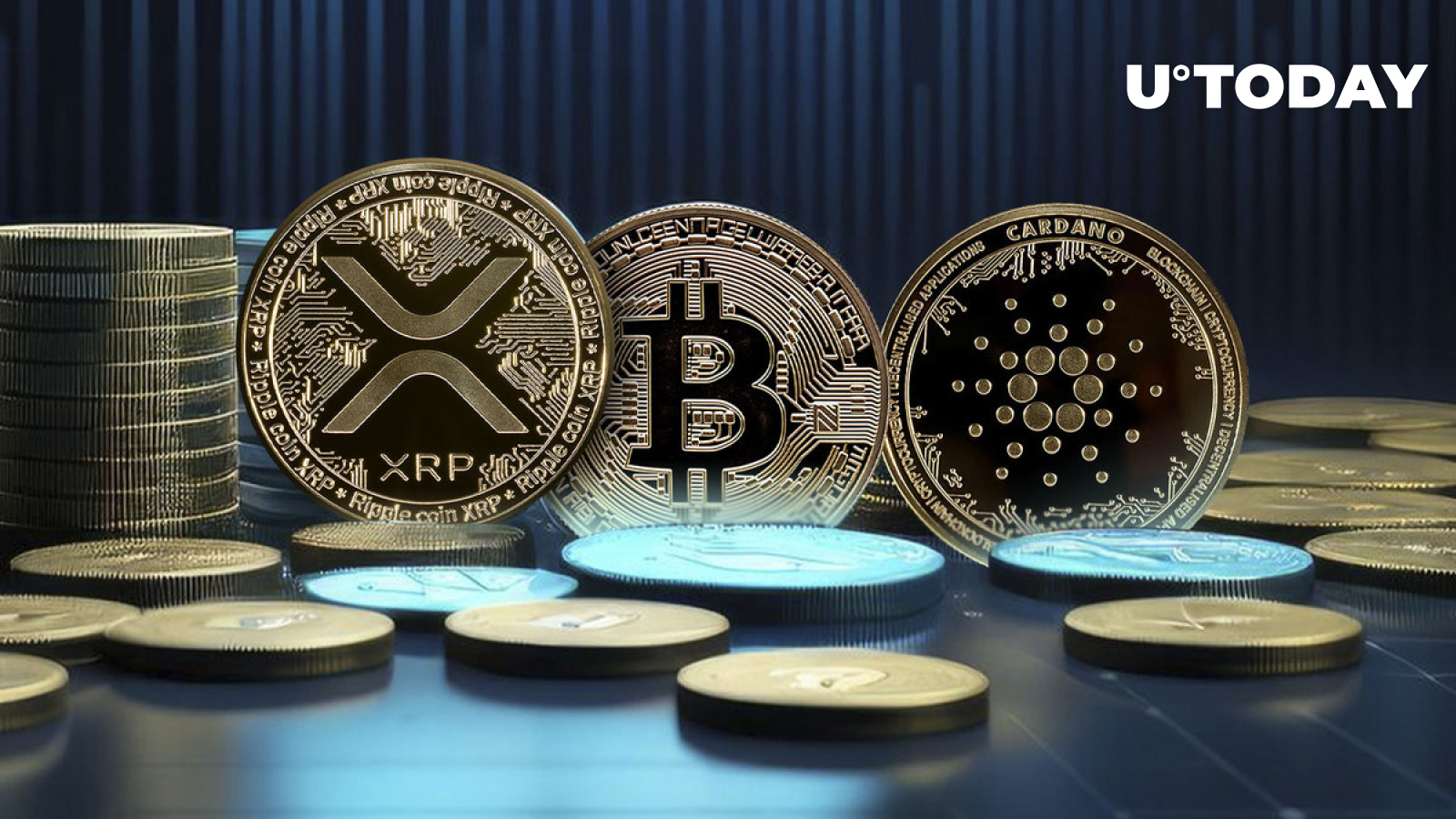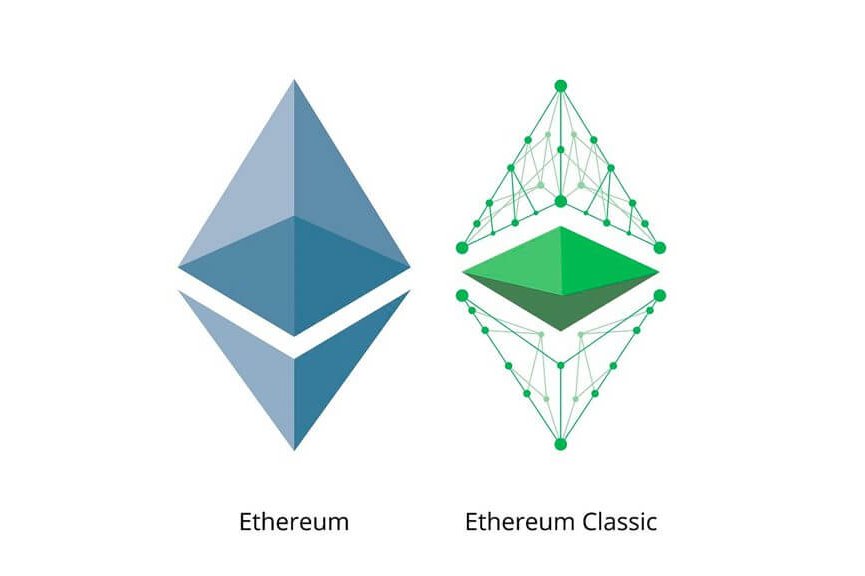btc eth and xrp take center stage in the ever-evolving landscape of cryptocurrencies, each offering unique features and capabilities that cater to different sectors and purposes. As the digital currency market grows, understanding the nuances between Bitcoin, Ethereum, and Ripple becomes essential for both investors and enthusiasts alike.
This article delves into their fundamental characteristics, market dynamics, use cases, and the regulatory landscapes that shape their futures, providing insights that are crucial for anyone looking to navigate the complexities of these leading cryptocurrencies.
Overview of BTC, ETH, and XRP
In the world of cryptocurrencies, Bitcoin (BTC), Ethereum (ETH), and Ripple (XRP) stand out as three of the most significant players. Each of these cryptocurrencies has its own unique characteristics, technologies, and market positions that contribute to their popularity and usage.Bitcoin, created in 2009 by an anonymous person or group known as Satoshi Nakamoto, is the first cryptocurrency and serves primarily as a digital currency and store of value.
Its decentralized nature is secured by blockchain technology, which allows for peer-to-peer transactions without the need for intermediaries.Ethereum, launched in 2015 by Vitalik Buterin and others, goes beyond just a cryptocurrency. It introduces smart contracts—self-executing contracts with the terms directly written into code. This functionality allows developers to create decentralized applications (dApps) on the Ethereum blockchain.Ripple, more commonly known for its digital payment protocol, aims to facilitate fast and low-cost international transactions.
XRP, the native currency of the Ripple network, is designed to act as a bridge currency in cross-border transactions, enhancing liquidity and enabling quick transfers between different currencies.As of now, Bitcoin holds the largest market capitalization, followed by Ethereum and then Ripple. This hierarchy reflects not only their market presence but also the varying degrees of adoption and application in the financial ecosystem.
Use Cases and Applications

The primary use cases of Bitcoin, Ethereum, and XRP highlight their distinct functionalities and roles in the financial landscape.
- Bitcoin: Primarily serves as a digital currency for peer-to-peer transactions and a store of value, akin to “digital gold.” It is widely used for online purchases and investment.
- Ethereum: Powers decentralized applications (dApps) and smart contracts, enabling a range of applications from financial services to supply chain management.
- XRP: Facilitates fast international money transfers through Ripple’s network, making it a preferred choice for banks and financial institutions looking for efficient cross-border payment solutions.
Real-world applications can be seen in various sectors. For instance, Bitcoin is accepted by numerous retailers, while Ethereum is utilized for Initial Coin Offerings (ICOs) and decentralized finance (DeFi) projects. XRP is actively used by several banks and payment providers for international remittances.
Market Dynamics and Trends

Over the past five years, the price trends of BTC, ETH, and XRP have exhibited significant volatility, influenced by various market dynamics.
- Bitcoin’s price has seen dramatic peaks and troughs, with notable highs in late 2017 and late 2020, driven by increased institutional investment and media attention.
- Ethereum has experienced growth due to the rise of DeFi and NFTs, with its price reaching new highs in 2021 as more developers built on its platform.
- XRP’s price has been influenced by legal challenges and regulatory scrutiny, particularly its ongoing case with the SEC, which has created uncertainty in its market performance.
Market sentiment plays a crucial role in the price movements of these cryptocurrencies. Positive news, such as institutional adoption and technological advancements, tends to drive prices up, while negative news can have the opposite effect.
Regulatory Landscape
The regulatory environment for BTC, ETH, and XRP varies significantly across different jurisdictions, posing challenges for their adoption and growth.
- Bitcoin faces scrutiny regarding its use in illegal activities and environmental concerns due to its high energy consumption.
- Ethereum’s regulatory status is somewhat clearer, particularly as it transitions to a proof-of-stake model, which may alleviate some energy concerns.
- XRP’s challenges are more pronounced, with ongoing litigation from the SEC questioning whether it is a security, significantly affecting its market operations and partnerships.
Regulations can either hinder or promote the growth of these cryptocurrencies, with clear regulatory frameworks often enhancing investor confidence and adoption.
Investment Strategies
Investing in BTC, ETH, and XRP requires different strategies tailored to their unique characteristics and market dynamics.
- Long-term Investment: Holding assets over a longer period can be beneficial, particularly for Bitcoin and Ethereum, which have shown substantial growth over time.
- Short-term Trading: Traders might take advantage of price volatility in all three cryptocurrencies, engaging in day trading or swing trading strategies.
- Risk Management Techniques: Diversifying investments and setting stop-loss orders can help mitigate risks associated with the highly volatile nature of these assets.
Investors should carefully consider their risk tolerance and investment goals when choosing between these cryptocurrencies.
Future Outlook
The future developments of BTC, ETH, and XRP hold promising potential, although they also face challenges that could affect their growth trajectories.
- Bitcoin may continue to solidify its position as a store of value, especially with increasing institutional adoption and potential regulatory clarity.
- Ethereum is expected to enhance its scalability and reduce fees with ongoing upgrades, making it even more attractive for developers.
- XRP’s future hinges on the outcome of its legal battles and its ability to secure partnerships within the financial industry.
Technological advancements, particularly in blockchain scalability and security, will also play a crucial role in shaping the future of these cryptocurrencies.
Comparison of Ecosystems
The ecosystems surrounding Bitcoin, Ethereum, and Ripple vary significantly, each with its strengths and weaknesses.
- Bitcoin has a strong community focused on decentralization and security, with numerous developers contributing to its core code.
- Ethereum boasts a vibrant developer community that actively innovates, creating tools and applications that extend beyond currency.
- Ripple’s ecosystem is heavily integrated with financial institutions, which may limit its decentralization but enhances its practical use in banking.
A comparative table of features reveals the differences in transaction speed, scalability, and community development across these three cryptocurrencies.
| Feature | Bitcoin (BTC) | Ethereum (ETH) | Ripple (XRP) |
|---|---|---|---|
| Transaction Speed | 10 minutes | 15 seconds | 3-5 seconds |
| Smart Contracts | No | Yes | No |
| Market Cap Ranking | 1 | 2 | 6 |
Community and Culture

The cultural significance and community involvement of BTC, ETH, and XRP contribute to their unique identities and development paths.
- Bitcoin’s community is often driven by ideals of financial freedom and decentralization, with many advocates promoting it as a hedge against inflation.
- Ethereum’s culture is marked by innovation and collaboration, with numerous hackathons and events fostering community engagement and development.
- XRP’s community is more business-oriented, focusing on the practical applications of its technology in the financial sector.
Community sentiment can significantly influence the development of these cryptocurrencies, as seen in notable events like Bitcoin’s halving and Ethereum’s transition to proof of stake. These moments often rally communities, leading to increased interest and investment in their respective cryptocurrencies.
Closing Summary
In summary, btc eth and xrp represent a diverse range of opportunities and challenges within the cryptocurrency space. As they continue to evolve and adapt to changing market conditions and regulatory environments, staying informed about their developments will empower individuals to make better decisions in their investments and usage of these digital assets.
FAQ Insights
What is the primary difference between BTC, ETH, and XRP?
BTC is primarily a digital currency, ETH is a platform for decentralized applications, and XRP is designed for fast and low-cost international money transfers.
How do the market capitalizations of BTC, ETH, and XRP compare?
BTC generally has the highest market capitalization, followed by ETH, with XRP typically being third in terms of market cap among these cryptocurrencies.
What are the main use cases for Ethereum?
Ethereum is widely used for smart contracts, decentralized applications (dApps), and token creation through its ERC-20 standard.
How are regulatory challenges affecting these cryptocurrencies?
Regulatory scrutiny can impact the adoption, trading practices, and overall market stability of BTC, ETH, and XRP, influencing investor confidence.
What investment strategies are recommended for BTC, ETH, and XRP?
Diversification, long-term holding, and risk management strategies tailored to each cryptocurrency’s market behavior are commonly recommended.

